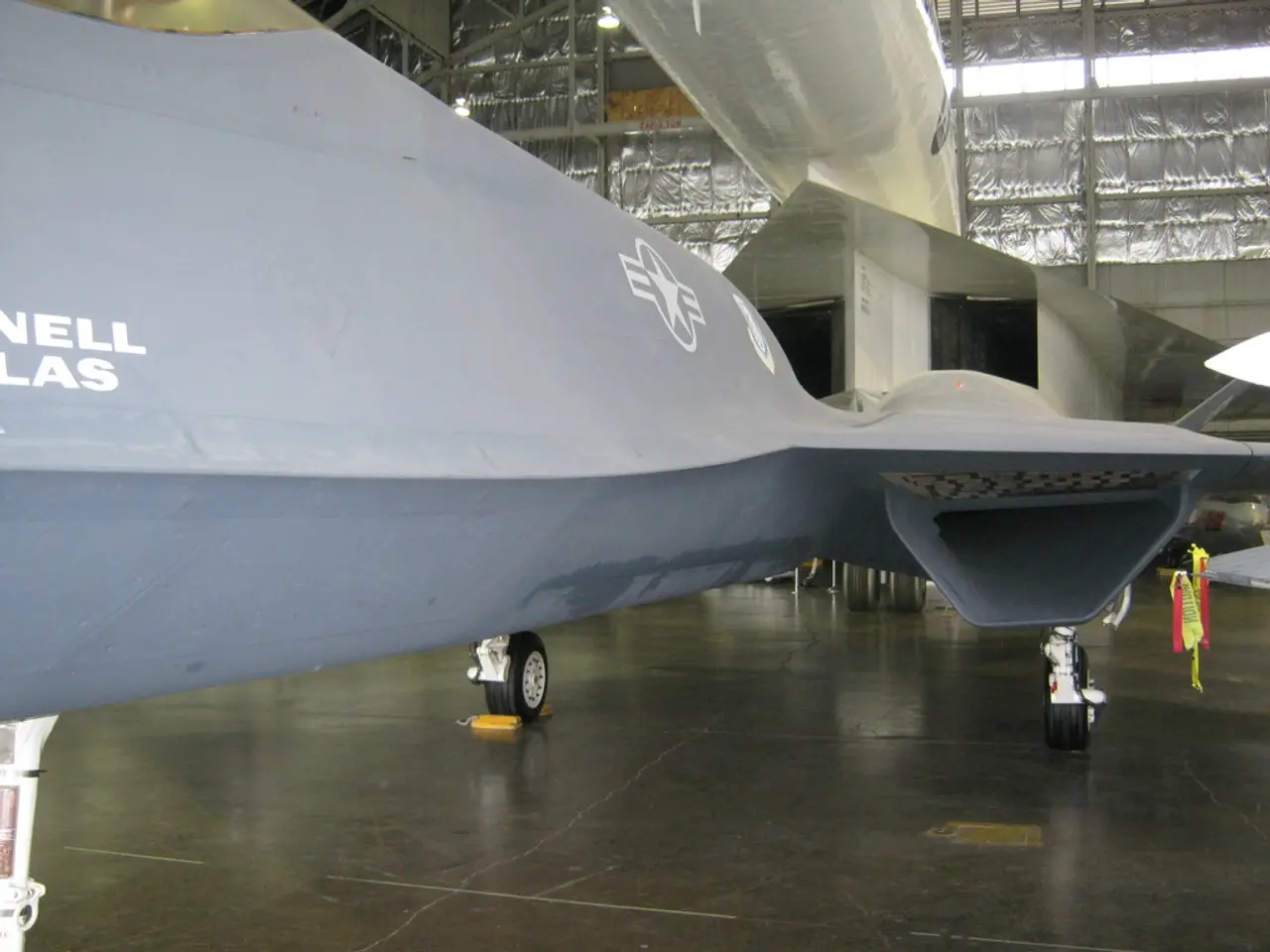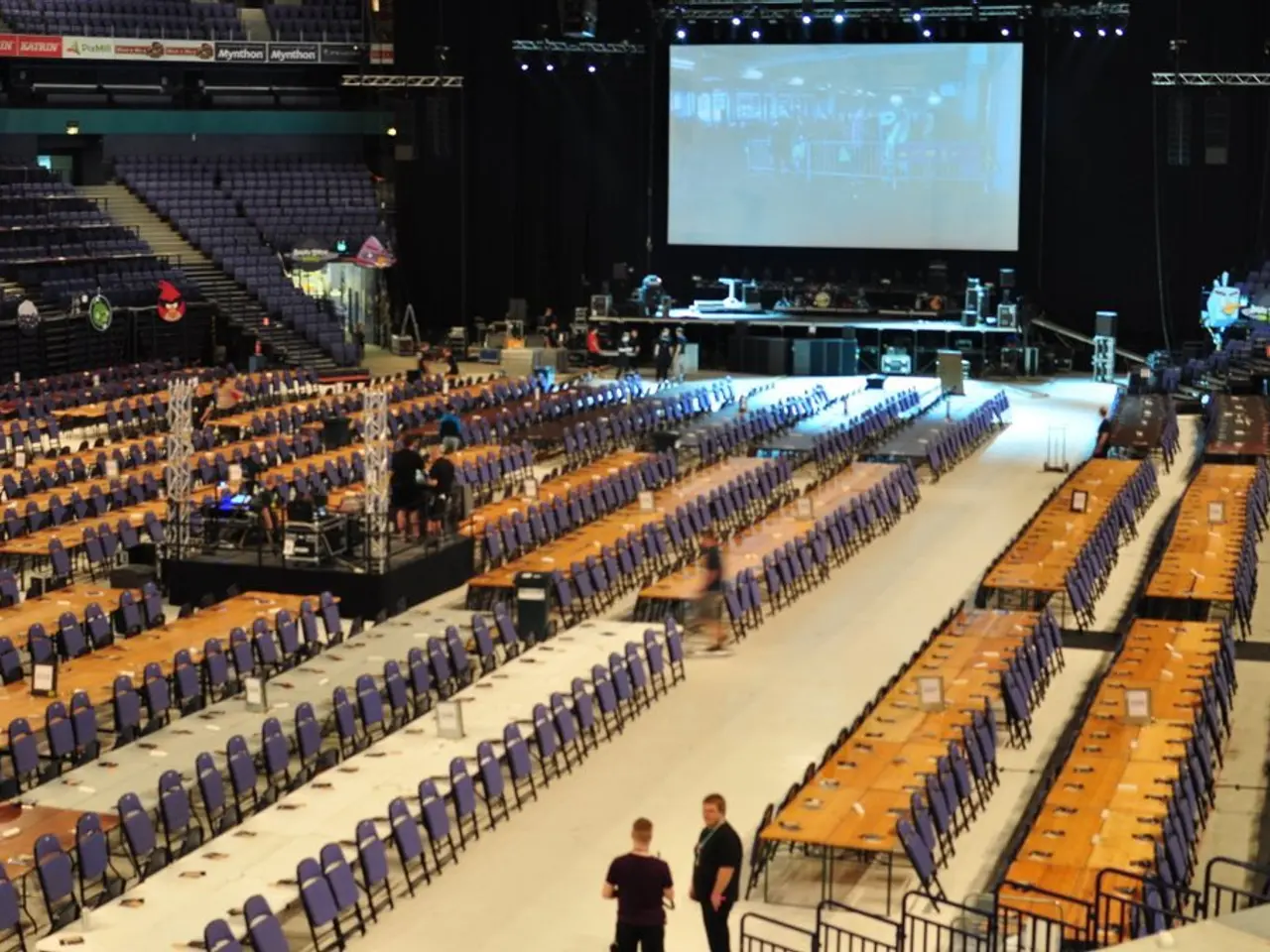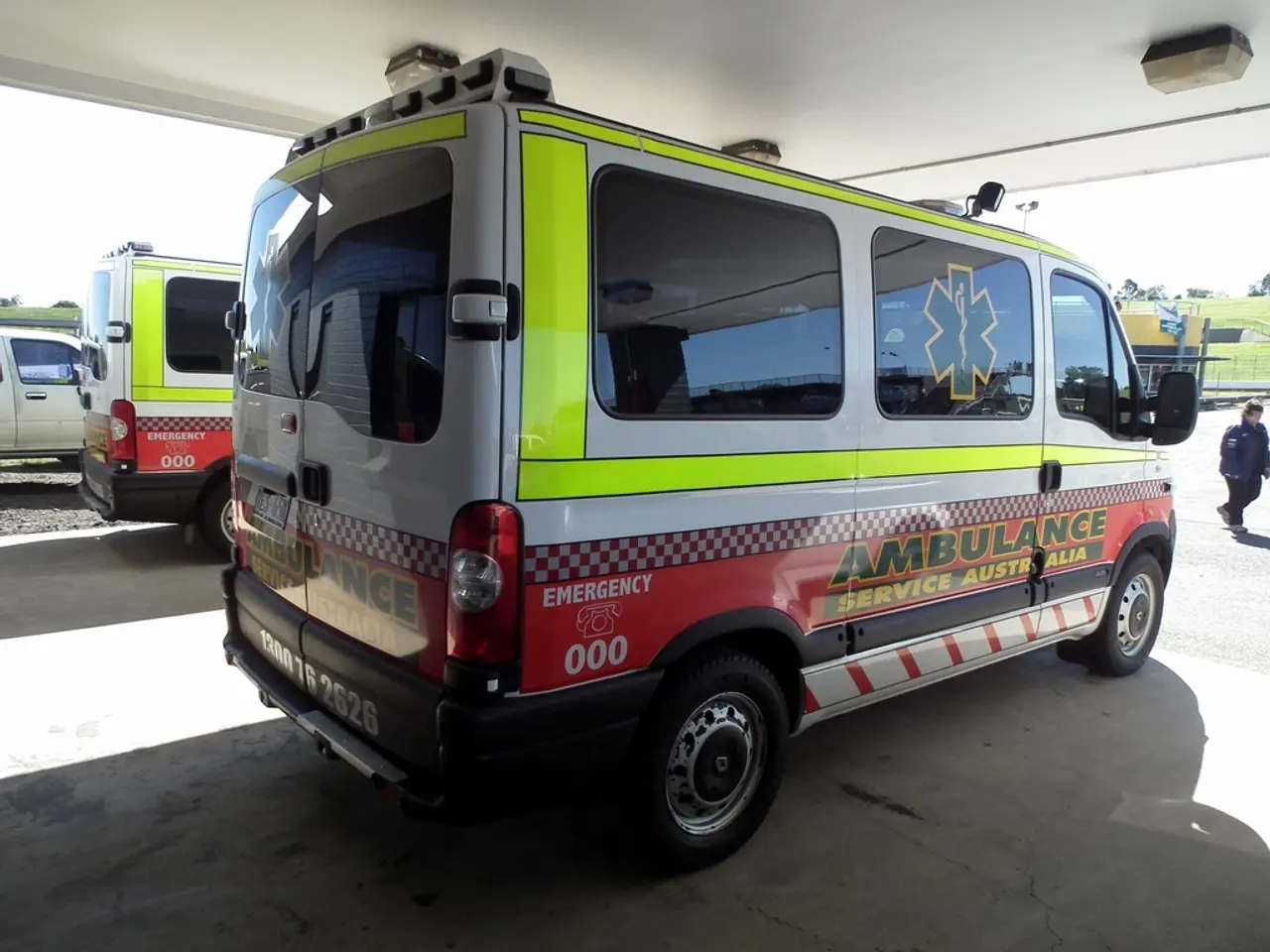Airborne Cameras: A Possible Addition to Pilot Cabins?
The tragic Air India crash on July 17, 2025, which claimed the lives of 260 people aboard a Boeing Co. 787 and on the ground, has sparked a strong call for the installation of cockpit video cameras in commercial aircraft. The incident, marked by the simultaneous loss of fuel supply for both engines shortly after takeoff due to fuel control switches being moved to "CUTOFF" positions, has left numerous questions unanswered, fuelling widespread speculation about pilot error or mechanical failure.
The advocacy for cockpit cameras is led by Willie Walsh, the Director General of the International Air Transport Association (IATA). In Singapore on Wednesday, Walsh expressed his personal support for the measure, stating that video footage could provide crucial visual evidence to help clarify what happens inside the cockpit during an accident, information that voice recorders and flight data recorders alone cannot fully capture.
One of the key benefits of cockpit cameras is their ability to aid in understanding crew actions and decision-making. Video provides direct observation of pilots’ behaviour, responses, and cockpit controls usage that audio alone misses. Incidents like Egyptair Flight 990 have shown that audio and data recorders can leave critical questions unanswered about the origins of control inputs, whereas video could clarify such uncertainties.
Cockpit cameras could also help resolve debates about pilot intent or inadvertent error. They would provide a clear visual record of the cockpit environment, including aircraft system indicators, which could help investigators determine the root cause more precisely. Moreover, the installation of cockpit cameras is expected to significantly aid aviation safety authorities in investigating accidents, strengthening the overall safety investigation process.
Despite the benefits, the installation of cockpit cameras may take several years due to regulatory hurdles and required technological rule changes, such as extending audio recording duration, with privacy safeguards also needing consensus. The discussion about cockpit cameras has re-emerged as a focal point following the Air India crash in Ahmedabad last month.
However, the exact sequence of events in the Air India crash, including the exchange between the pilots about the fuel supply, remains unclear. According to the preliminary report, one pilot asked why the fuel supply was turned off, and the second pilot responded that he had not done so. The critical question of how the switches were moved to the cut-off position remains unresolved.
As investigations continue, the call for cockpit cameras in commercial aviation grows louder, with the potential to significantly assist accident investigations by providing direct visual context to complement existing voice and data recordings, potentially preventing future tragedies.
- Willie Walsh, the Director General of the International Air Transport Association (IATA), advocates for the installation of cockpit video cameras, emphasizing that such cameras can provide crucial visual evidence to help clarify events in the cockpit during an accident and support the investigation process.
- In the aftermath of the Air India crash, the lack of clear answers has fuelled debates about the benefits of cockpit cameras, with proponents arguing that they could help resolve questions about control inputs, like what happened in the tragic event that left the airline, industry, finance, transportation, and aviation sectors in distress.
- As the industry looks to implement technological advancements to enhance aviation safety, discussions about the installation of cockpit cameras have become a priority, with the potential to significantly aid safety authorities in accident investigations and promote industry transparency, thereby ensuring a safer future for all involved in the sector.





